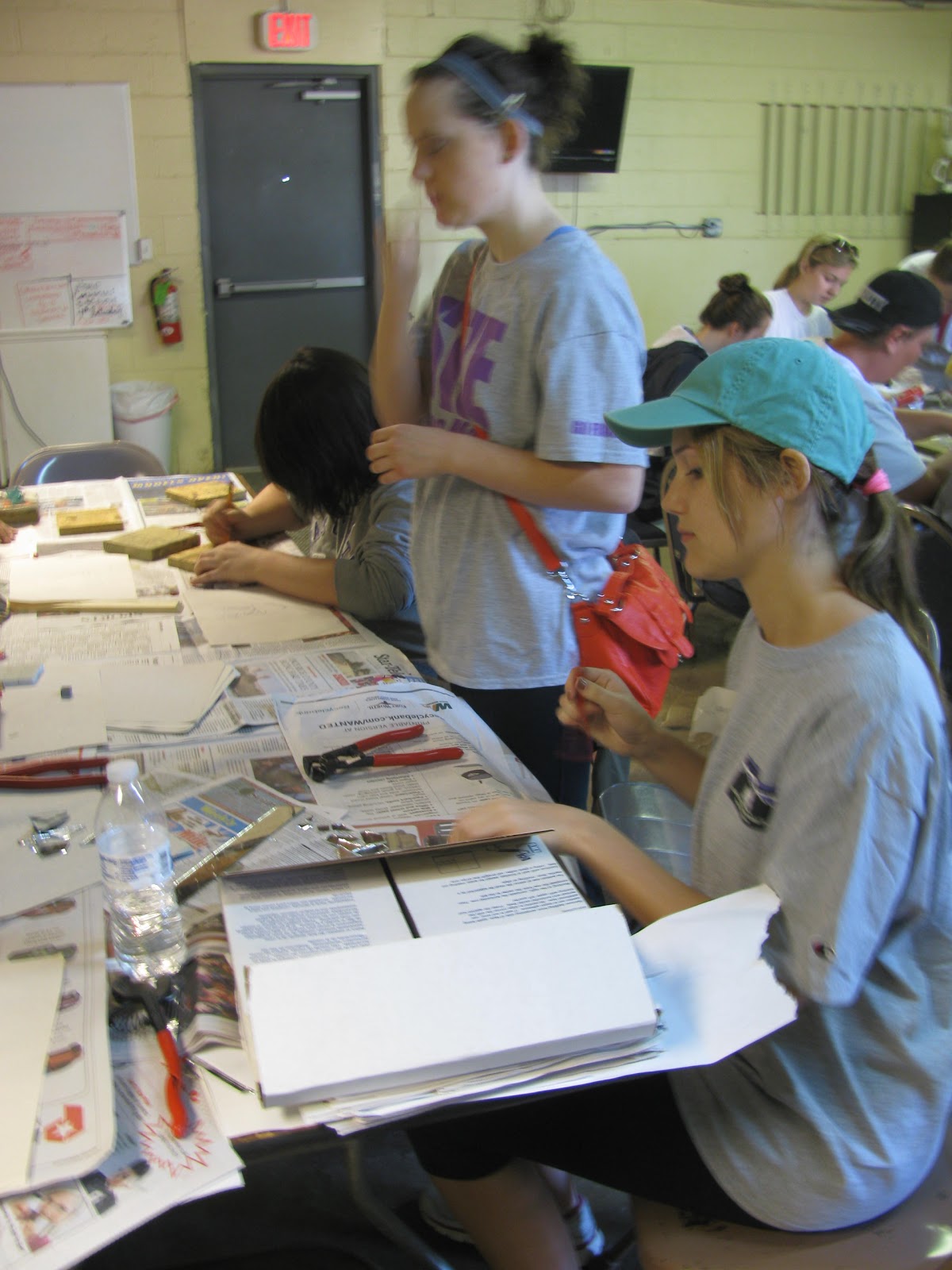Jesus Moroles, Internationally Recognized Sculptor and
Graduate of University of North Texas, College of Visual Art
 |
Omaha Riverscape, Jesus Moroles *
|
| |
Moroles is the focus of current research I am doing for NTIEVA ( North Texas Institute in Education for the Visual Arts). While updating the NTIEVA website and editing a lesson about Moroles, developed by Nancy Walkup over ten years ago, I am bringing the lesson into the digital age. I am taking out references to antiquities like overhead projectors and transparencies, and searching for web connected resources. That's where I found the image above and the video below.
Moroles's
Omaha Riverscape installation uses Dakota granite, which connects it geographically to the Great Plains region. Being from eastern Nebraska, stone is not a naturally occurring material in the local environment, so to me it seems quite exotic. Maybe that explains my fascination with ceramics, because we can make our own stone-like structures in fired clay. In this work he makes me aware that regionally I am connected to places with millions of years of exposed history, the granite hills of South Dakota in this case. As I viewed the video below, produced by the Dallas Museum of Art, I learned more about how his connection to the earth and the environment profoundly influences his work.
In my doctoral research I am looking at how place connects us, and superficially divides us. Why is it that rivers are so often seen as dividers instead of connectors: Nebraska/Iowa, Texas/Oklahoma, US/Mexico? Like Morole's choice of Dakota granite, which relates to the regional geography of the area, the local/regional sourcing of our art is valuable as well. Art experiences that connect us to the local make art accessible. Becoming involved in deep conversations with and through art can help.
For teaching lesson plans developed by Joslyn Art Museum based on this installation follow the link:
Joslyn Art Museum Lesson Plan
For a comprehensive unit on Moroles that looks at his sculpture
Granite Weaving and compares it to traditional Navajo waving, stayed tuned for the updated NTIEVA website.
*IMAGE: Jesus Moroles (American, born 1950),
The Omaha Riverscape, 2008–09,
granite and water installation with academy black granite reflecting
pool; three column fountains of Mountain Red, Carnelian, and Dakota
Mahogany granite; and Dakota Mahogany Granite water wall, Museum
purchase with funds from Patron Circle for Contemporary Art and Helen
& Ted Kolderie, Photos courtesy of HDR Architecture, Inc; ©Tom
Kessler Photography.



















































